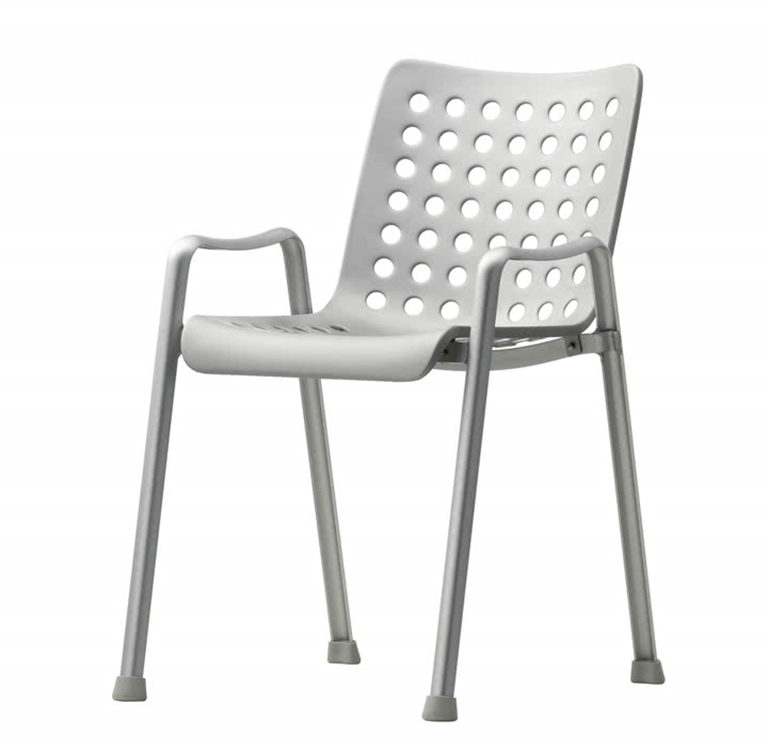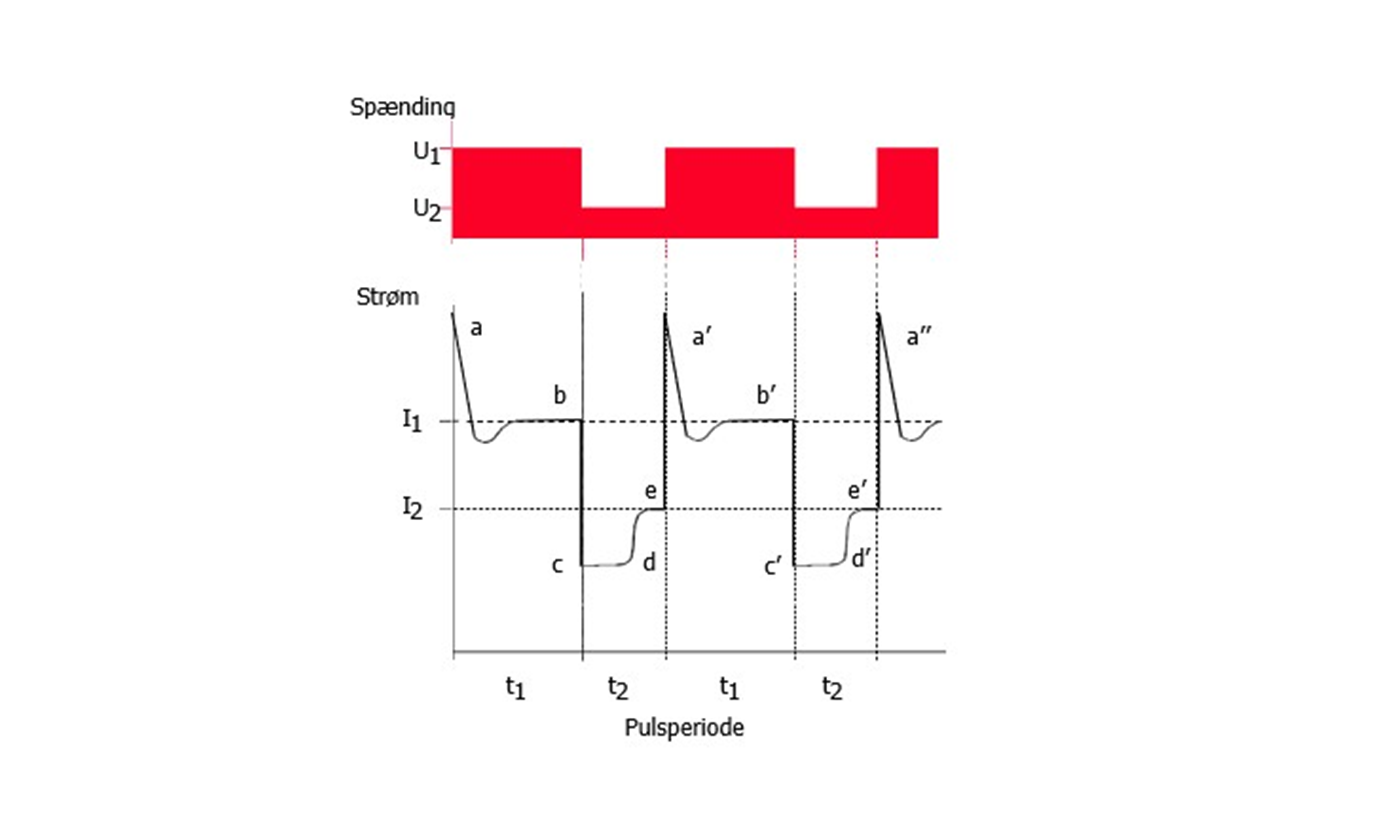 Interviews
Interviews
“Anodizing is one of the most environmentally friendly surface treatment processes for aluminium,” Anne Deacon Juhl, Owner, AluConsult

Anne Deacon Juhl is a seasoned expert with over 25 years of dedicated experience in the realm of aluminium and anodizing. With a PhD in pulse anodizing, she is well-versed in both research and practical applications. Anne has served as a consultant for numerous global companies, offering invaluable insights and training to optimize their anodizing processes. Her versatile background includes stints as a quality manager in an anodizing firm and a production supervisor in the aerospace sector. With a passion for precision and a keen eye for detail, Anne has encountered and conquered virtually every challenge imaginable in the world of anodizing, making her a trusted authority in the field.
AL Circle: Could you provide a brief overview of anodizing aluminium products and how this process improves product finishing for end-user manufacturers?
Anne Deacon Juhl: I want to brief the overview with examples of end products using anodized aluminium:
- Building exteriors such as storefronts and roofing systems.
- Appliances like refrigerators, dryers, and coffee brewers.
- Vents, awnings, light fixtures, storm doors, window frames, mailboxes, and bathroom accessories.
- Tables, beds, and storage chests for homes.
- Golf carts, boats, and camping/fishing equipment.
- Numerous components for motor vehicles, such as trim parts and wheel covers.
The aesthetically pleasing results of anodizing combined with increased durability offer numerous design opportunities for architects, builders, product designers, and artists.
Benefits of anodizing
Aluminium products need surface protection that ensures lifelong usage. Anodizing does not compromise aluminium's low density and high strength but enhances its surface properties, such as corrosion resistance, scratch, and wear resistance, and chemical, heat, and electrical resistance.
It gives PROTECTIVE PROPERTIES, meaning it is designed to protect the aluminum application from external damage and TECHNICAL PROPERTIES, involving or concerned with applied and industrial use. Especially important for consumer products are DECORATIVE PROPERTIES, which means to use anodizing for the aesthetic reasons. Often the decorative appearance is connected with some necessity for protection too. For example, if your smartphone has a colored aluminum backside, it is most likely anodized.

Figure 1, the Landi Chair by Vitra
AL Circle: We are interested in understanding how anodized aluminium can contribute to reducing carbon emissions in the manufacturing of end-use products. Could you shed some light on this?
Anne Deacon Juhl: Anodizing is one of the most environmentally friendly surface treatment processes for aluminium because coatings such as paint, as opposed to anodizing, can dramatically reduce the ability to recycle aluminium. Paints, plastics, and plating rely on problematic materials such as organic solvents that can compromise the recyclability of aluminium, whereas anodized aluminium is “recycle-neutral.”
The reason why anodizing does not need to use organic solvents lies in the anodizing process itself. The anodic coating is generated from the base metal in a water-based process and, thus, has essentially the same constituents as the aluminium itself: the anodized layer consists of ultra-thin, nontoxic aluminium oxide.
To make the aluminium industry more sustainable, OEMs, designers, and engineers need to understand the implications of reduction and recycling. Reduction refers to reducing the CO2 footprint in the production of primary aluminum in various steps of primary aluminum production. Recycling refers to the remelting of used aluminium scrap (secondary aluminium).
CO2 reduction – making aluminium more sustainable
Primary aluminium is also called “virgin” aluminium, meaning that it was extracted from bauxite and then refined into aluminium. In comparison to other materials like copper, steel, or wood, the CO2 emission of primary aluminium production is unreasonably high. Looking at these numbers, it may seem like aluminium is a less sustainable material choice. However, not all aluminium is the same. The most important difference lies in how the primary aluminium has been produced.
While the primary production of aluminium is highly energy-consuming, recycling aluminium costs only 5% of that energy. The clear conclusion would seem to be to avoid primary aluminium. Yet, even primary aluminium can be a sustainable choice if it is processed with low carbon footprint energy, such as water, wind, solar, or another sustainable power source instead of coal. A lot of aluminium smelters have started to produce primary aluminium with new or improved methods, including the use of hydroelectricity or solar power or the implementation of new processing technologies (Table 1).

AL Circle: What suggestions would you like to offer to anodisers for minimising energy usage and costs in the anodization process?
Anne Deacon Juhl: The type II anodizing process takes, on average, 2 minutes per micron (0.04 mils) of formed oxide. That means a 20-micron (0.8 mils) oxide layer takes 40 minutes to anodise. Pulse anodizing can reduce this process time by half and thereby give your company a competitive edge.
Using square pulse anodizing means having a higher average current density for the total process, thereby reducing the processing time. However, the higher current density will often lead to problems such as burning parts, especially for copper-containing aluminium alloys. Pulsating between two values of current density, a high period, and a low period, will give the aluminium surface time to relax after the high current period. The time for these periods should be seconds to minutes to make sure that the surface will recover properly. This recovery effect is the reason that pulse anodizing was developed in the first place.

Figure 2, Pulse anodizing
AL Circle: How do your workshops assist anodisers in resolving technical issues? Do you offer customized workshops to address specific challenges?
Anne Deacon Juhl: I offer tailored consultancy to solve specific problems with your anodizing line or aluminium parts, available 1:1 via video call or on-site. For those starting or looking to deepen their team's knowledge of anodizing and its sustainability, I provide workshops. Additionally, at AnodizingSchool by AluConsult, you can dive into the world of anodizing at your own pace through comprehensive e-learning courses.
Customised consultancy includes help for specific projects or problems you want to fix. AluConsult offers expert guidance for upgrading to pulse anodizing, addressing anodizing defects like corrosion, patchy surfaces, or discoloration, and creating new products with anodized aluminium parts or negotiating specifications with suppliers, including ongoing support.
AL Circle: How do you foresee the growth of the anodized aluminium industry in 2024 and beyond?
Anne Deacon Juhl: The use of aluminium is growing worldwide with a global aluminium demand increasing by almost 40% by 2030, according to a recent report conducted by business intelligence analysts CRU International on behalf of the International Aluminium Institute (IAI). This increase in aluminium demand is forecast to grow by 33.3 Mt in all industrial sectors, going from 86.2 Mt in 2020 to 119.5 Mt in 2030.Transportation, construction, packaging, and the electrical sectors will drive demand and account for 75% of the total metal required, according to the World Economic Forum. A lot will be used in the rapid growth of electric vehicles. The rest will be for consumer goods, buildings, and other products, which will need to be protected to ensure long-life usage.
As mentioned above, anodizing is the green solution and will, by this, see an increase following the usage of aluminium.
AL Circle: In what ways does digitisation enhance the aluminium anodization process? What is the growth rate for integrating digitisations in the anodizing industry?
Anne Deacon Juhl: Digitisation enables the automation of the anodizing process, reducing human error and improving consistency.
By having automated systems, the production lines can precisely control temperature, voltage, and current, ensuring uniform anodic coatings. This real-time data collection and analysis allows for continuous monitoring and adjustments during the anodization process. Sensors and IoT devices can monitor key variables in real-time, such as pH levels, bath composition, and temperature. This ensures immediate detection and correction of any deviations from the desired conditions.
This data can also be used to predict maintenance needs, prevent unexpected downtimes, and ensure the equipment operates within optimal parameters.
Maintaining digital records of the anodization process, including parameters used and outcomes achieved. This helps traceability and compliance with industry standards and regulations, but also when the anodizing companies change from conventional to pulse anodizing.
Utilising digitisation also helps in the efficient use of resources such as chemicals, water, and energy by optimising their consumption based on real-time data. By precisely controlling the anodizing process, digitisation minimises waste, leading to cost savings and reduced environmental impact.
In summary, digitisation enhances the aluminium anodization process through improved control, quality assurance, efficiency, and safety. The growth rate for integrating digitisation in the anodizing industry is robust, driven by technological advancements and the need for competitive, efficient, and sustainable manufacturing processes.


.gif/0/0)












.jpg/0/0)


